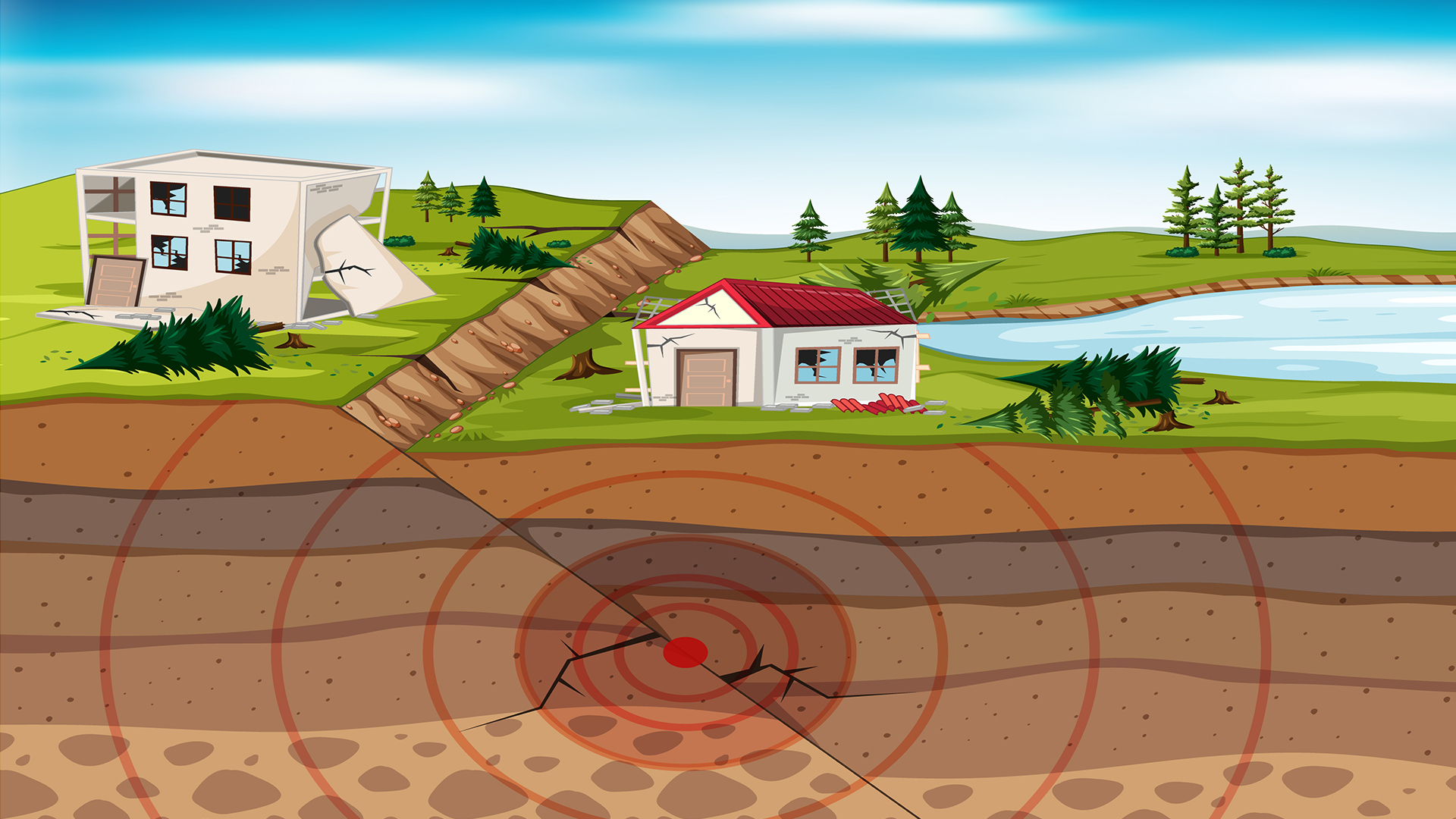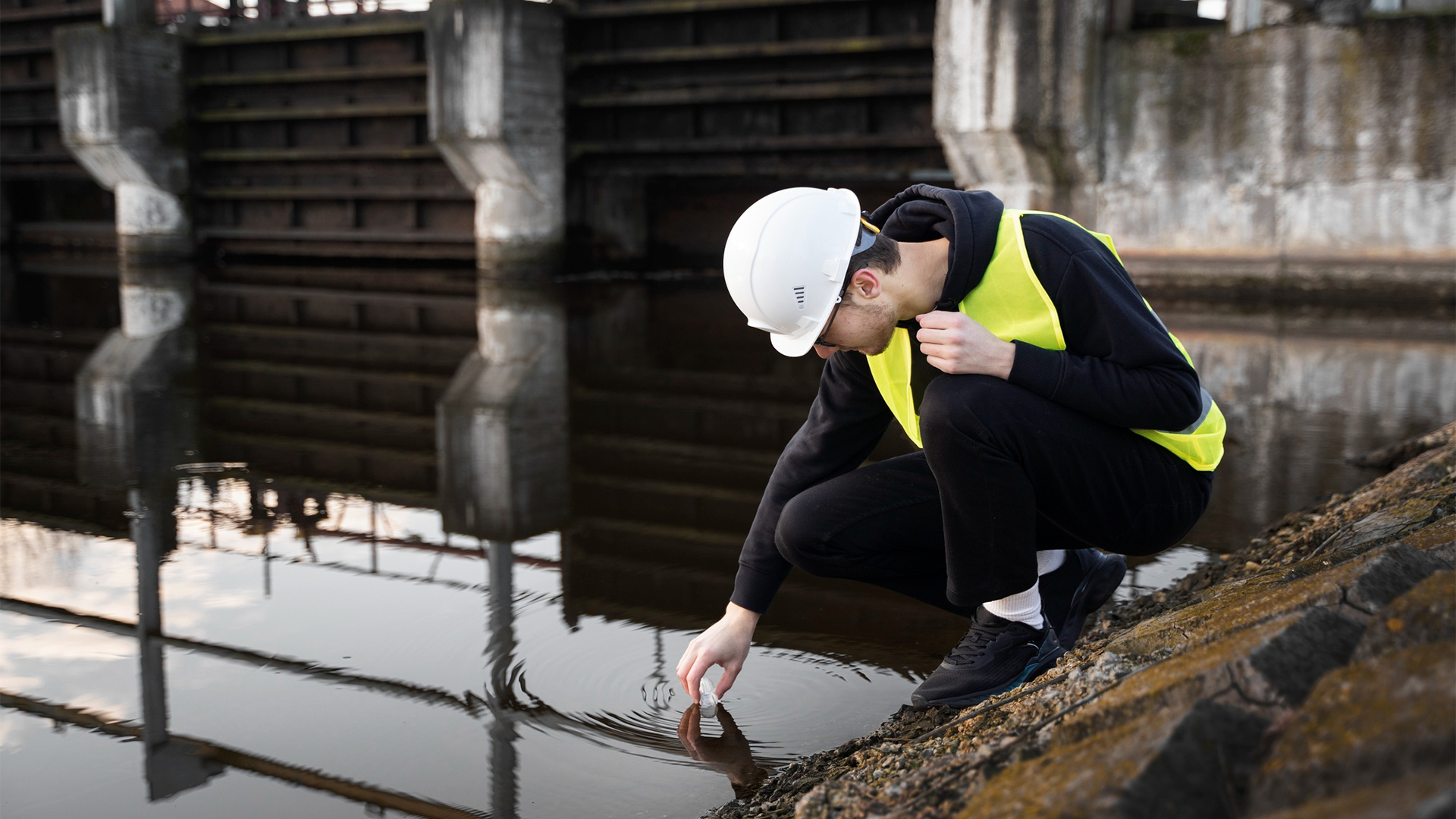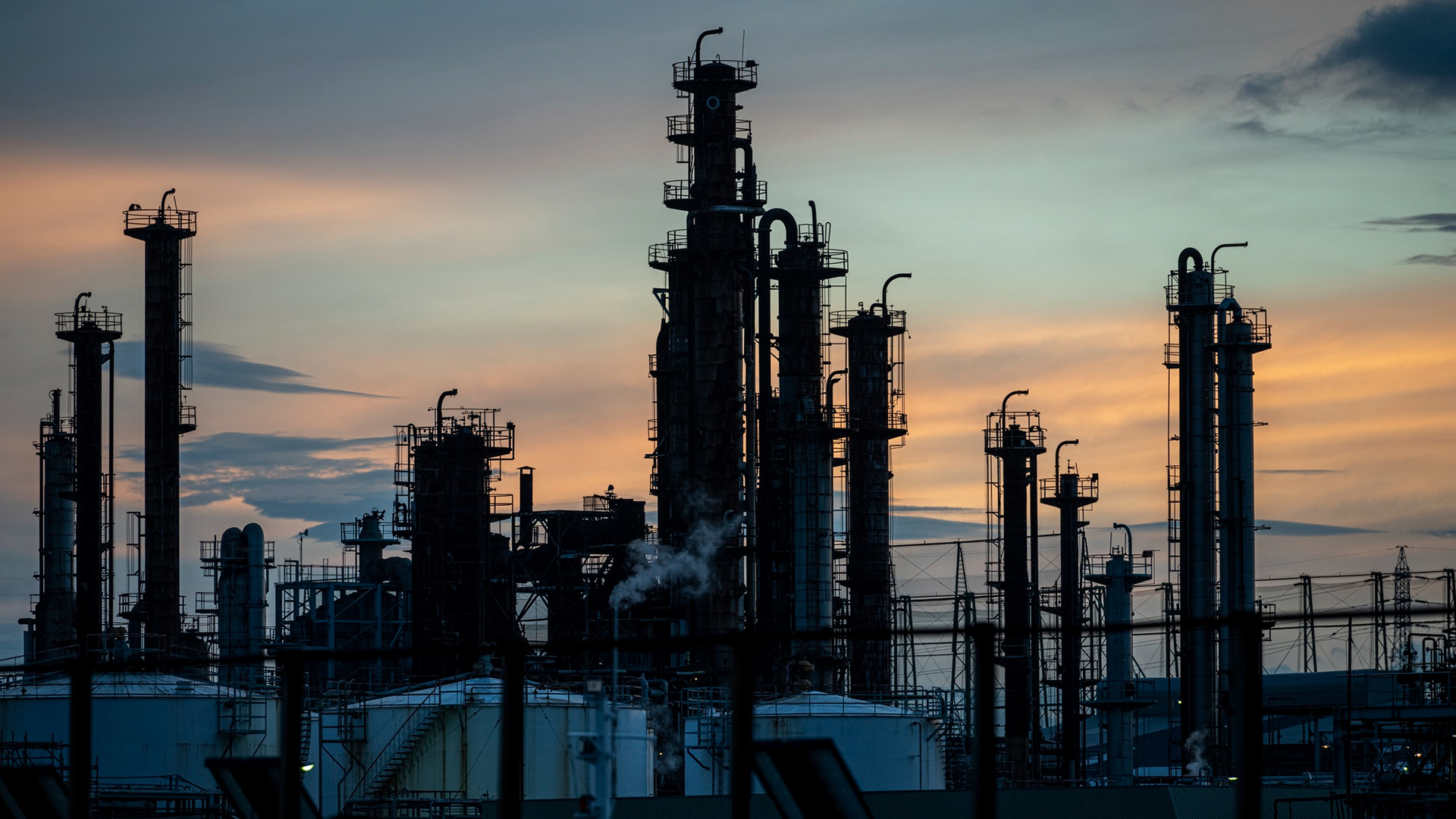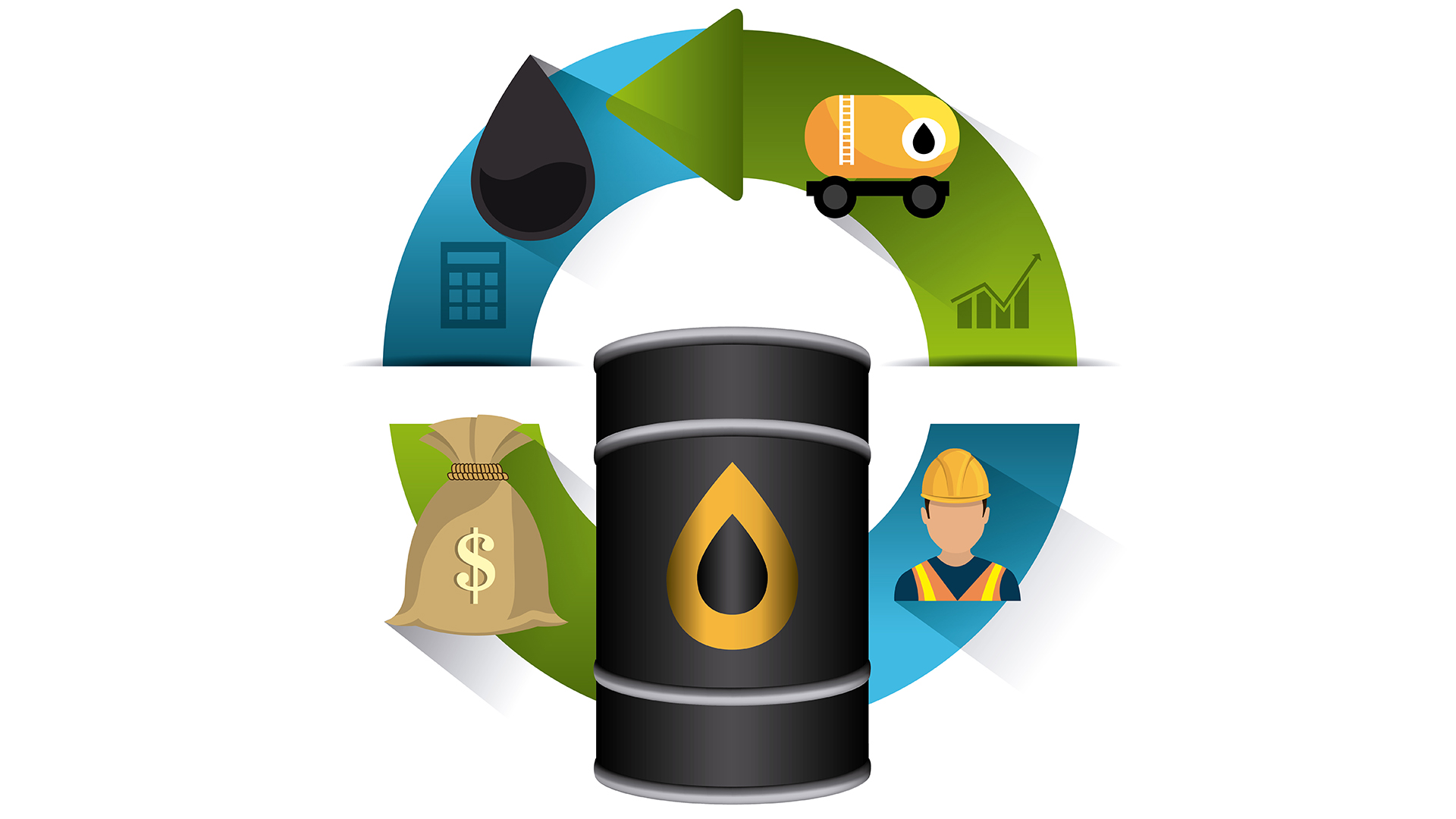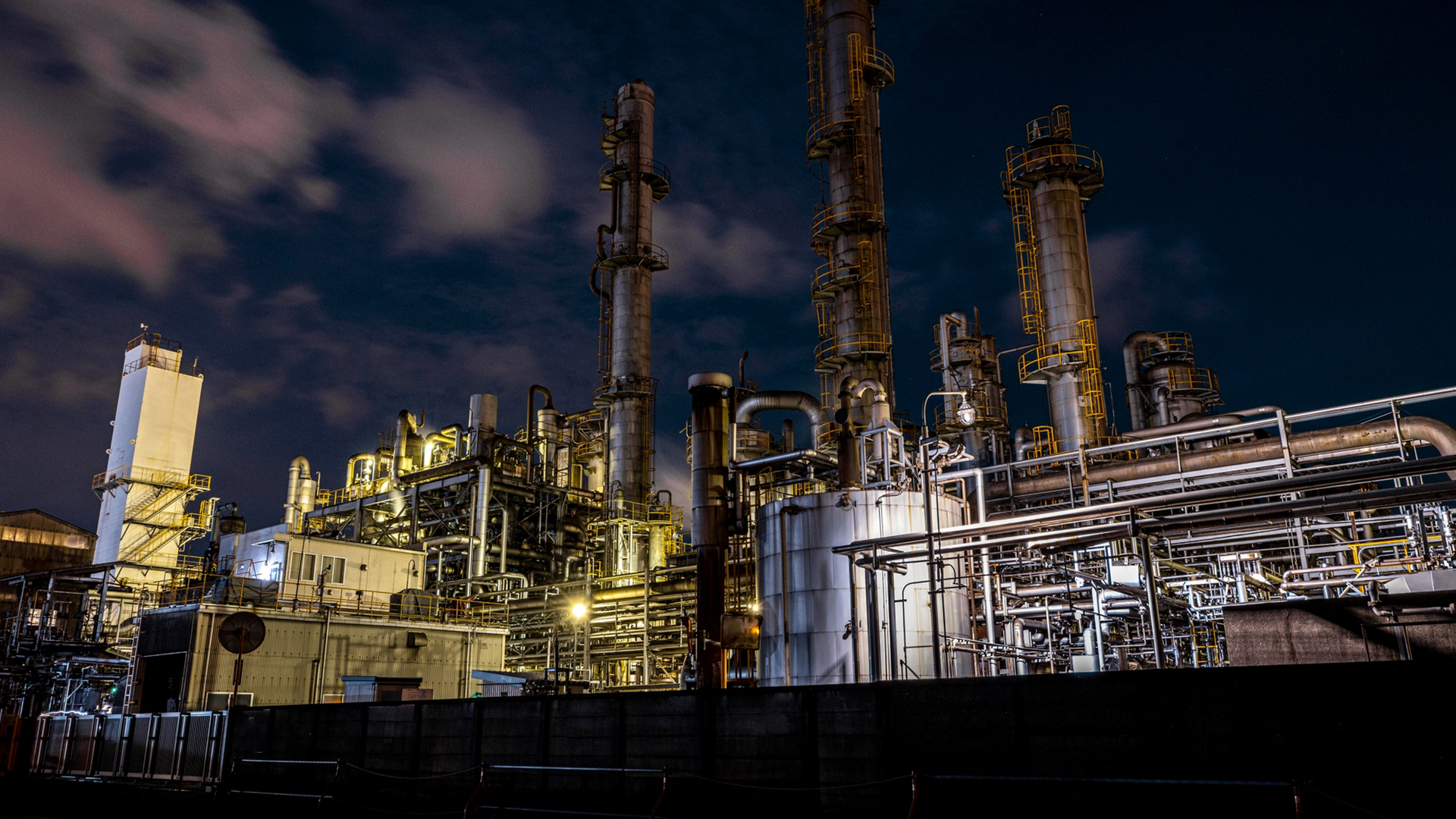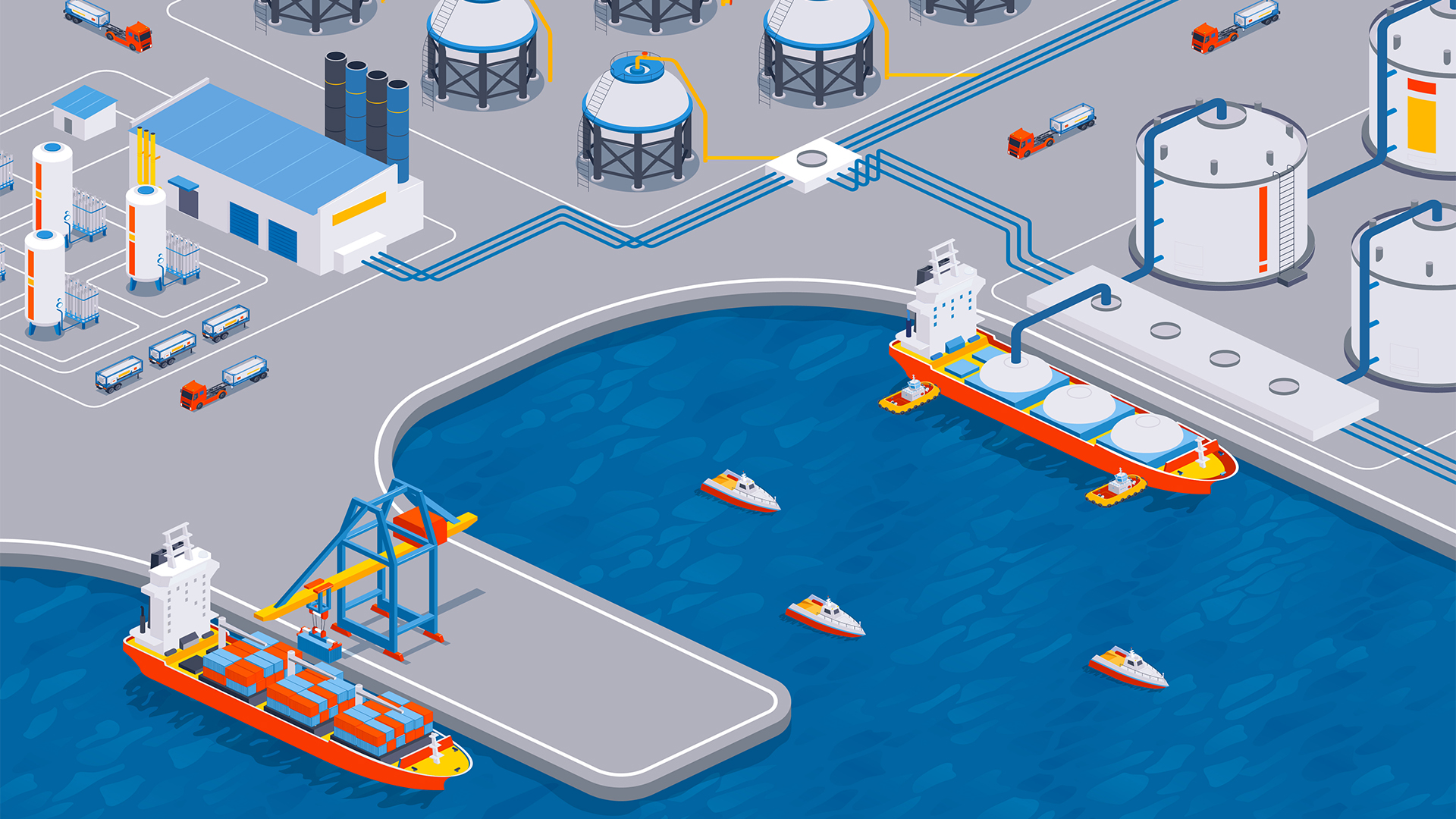
Executive LNG Terminal Management
Course overview
A building used to store natural gas is known as a liquefied natural gas (LNG) terminal. A terminal may include specific types of ships, buildings, or tanks. Infrastructure for ports and pipelines also contributes significantly to LNG terminals.
LNG is simply natural gas that has been liquefied for transportation, primarily by sea. LNG terminals are hence ports designed specifically for the import or export of natural gas. Liquefaction terminals (for export) and regasification or receiving terminals (for imports) are the two basic categories into which LNG terminals can be generally divided.t
Expertise in terminal operations becomes equally vital because terminal operations are crucial to the success and growth of trade and commerce for a nation. All actions, precautions, and rules that should be understood when working at terminals are included in terminal operations.
Participants will have a thorough grasp of LNG terminals and terminal operations from this Zoe training course, enabling you to take on and successfully complete higher-level duties and responsibilities linked to LNG terminal operations for your organization.
Participant’s chances and ability to acquire more opportunities for growth and advancement both inside and outside of your organization will enhance as a result of this LNG training course. Therefore, if you want to develop and advance your career in LNG terminal operations and management, this training is crucial.
Introduction
Participants in a course on LNG Terminal and Terminal Process Operations are likely to have learned a variety of insightful things. These classes provide more than simply technical information; they also cover the significance, difficulties, and subtleties of managing LNG terminals.
These lectures give participants a thorough grasp of the complexities and importance of LNG terminal and terminal process operations, ensuring that they are better prepared to contribute productively to this important sector of the economy.
We are The Training Bee, a global training and education firm providing services in many countries. We are specialized in capacity building and talent development solutions for individuals and organizations, with our highly customized programs and training sessions.
Learning Objectives
Upon completing LNG Terminal and Terminal Process Operations, participants will be able to:
- Thorough familiarity with LNG facilities and terminal operations.
- Possess the necessary expertise and self-assurance to coach and direct other experts in carrying out various tasks at LNG terminals.
- The foresight and meticulousness required to examine, audit, and improve present procedures and systems in order to bring them up to desired standards of operational excellence and safety.
- The ability to enhance concepts and procedures used in operations to create operational excellence, which in turn helps the organization grow and develop.
- The knowledge and information necessary to help improve operational safety and risk identification and mitigation.
Our Unique Training Methodology
This interactive course comprises the following training methods:
- Journaling – This consists of setting a timer and letting your thoughts flow, unedited and unscripted recording events, ideas, and thoughts over a while, related to the topic.
- Social learning – Information and expertise exchanged amongst peers via computer-based technologies and interactive conversations including Blogging, instant messaging, and forums for debate in groups.
- Project-based learning
- Mind mapping and brainstorming – A session will be carried out between participants to uncover unique ideas, thoughts, and opinions having a quality discussion.
- Interactive sessions – The course will use informative lectures to introduce key concepts and theories related to the topic.
- Presentations – Participants will be presented with multimedia tools such as videos and graphics to enhance learning. These will be delivered engagingly and interactively.
Training Medium
This LNG Terminal and Terminal Process Operations training is designed in a way that it can be delivered face-to-face and virtually.
Course Duration
This training is versatile in its delivery. The training can be delivered as a full-fledged 40-hour training program or a 15- hours crash course covering 5 hours of content each day over 3 days
Pre-course Assessment
Before you enroll in this course all we wanted to know is your exact mindset and your way of thinking.
For that, we have designed this questionnaire attached below.
- What exactly is LNG, and why is it significant to the energy sector?
- Describe the main parts and facilities of an LNG terminal, such as the storage facilities, the regasification machinery, and the security measures.
- What is an LNG regasification process used for, and how does it operate?
- What safety precautions should be taken and what are the best practices for handling LNG at an LNG terminal?
- Could you list a few of the most important LNG import and export facilities worldwide and give some examples of where they are?
- What part do automation and technology play in making sure an LNG terminal runs smoothly?
- List any environmental laws or guidelines that apply to the operation of LNG terminals.
- Describe the importance of managing boil-off gas (BOG) in LNG terminals and the techniques utilized to do so.
Course Modules
This LNG Terminal and Terminal Process Operations cover the following topics for understanding the essentials of the Agile Workplace:
Module 1 – Introduction to LNG Terminals
- Defined and described Types
- Operations at large terminals
Module 2 – Important Elements of the LNG Chain
- Field of gas.
- Plant for liquefaction.
- LNG transporters.
- Terminals for receiving and regenerating.
- Storage
Module 3 – Traditional LNG Terminals’ Purposes
- LNG tanker berthing, cargo emptying, or reloading
- LNG is kept in cryogenic tanks at -160°C.
- LNG regasification
- Entering the transmission grid with gas
Module 4 – Major LNG Import and Regasification Terminal Equipment Components
- Arms unloading
- Pipes for cryogenics
- Tank(s) of storage
- Pumps with low pressure
- Re-condensers and compressors for Boil-Off Gas (BOG)
Module 5 – Various LNG Tank Types
- Individual containment tanks
- Tanks with two containments
- Tanks with full containment
- Membrane cisterns
- Ground-based tanks
Module 6 – Operation Procedures and Precautions for LNG Cargo Loading
- Tanks for freight are dried.
- Drying of storage areas
- Freight tank identification
- Inertia of the annular space (vessels of the moss type)
- Insulation spaces and inserting inter-barrier spaces (membrane-type vessels)
Module 7 – The significance of maintaining LNG terminals properly
- Productivity and output Safety
- Adherence to regulations
Module 8 – LNG Terminal Safety Risks and Their Management
- Fires in swimming pools
- Clouds of flammable vapor
- Terrorism risks
- Others
Post-course Assessment
Participants need to complete an assessment post-course completion so our mentors will get to know their understanding of the course. A mentor will also have interrogative conversations with participants and provide valuable feedback.
- Give a definition of LNG and an explanation of its place in the world energy market, concentrating on the significance of LNG terminals.
- List the essential furnishings and apparatus present in an LNG terminal and explain how they contribute to the terminal’s operation.
- Describe how LNG is converted into natural gas for distribution through the LNG regasification process.
- Talk about the safety procedures and factors that are essential for the handling and use of LNG at an LNG terminal.
- List a few of the largest LNG import and export facilities along with their locations.
- Describe how technology and automation are used to maximize the effectiveness and safety of LNG terminal operations.
- Write a summary of the environmental laws or standards that affect LNG terminal compliance and operation.
Lessons Learned
LNG facilities play a crucial role in the worldwide natural gas supply chain by serving as ports for both imports and exports, as the participants have learnt. They play a crucial role in promoting global natural gas trade and guaranteeing energy security.
Safety First: When operating an LNG terminal, safety precautions must always come first. Participants agree that in order to prevent accidents and protect the safety of staff members and the surrounding environment, strict safety regulations, cutting-edge technology, and intensive training are required.
Technical Difficulty: The course brought up the technical difficulty of the procedures at LNG terminals. The sophisticated machinery, cryogenic technology, and exact engineering needed to handle LNG safely and effectively have been better understood by participants.
The importance of the regasification process is essential to turning LNG into a useful form. Participants have gained knowledge about the operation of this procedure and its critical role in transforming LNG back into natural gas for distribution and use.
Environmental Compliance: The operations of LNG terminals are heavily impacted by environmental rules and standards. Participants have acknowledged the significance of following these rules and taking care of environmental issues related to LNG terminals.
Security and risk management: This course has given students an understanding of the safety precautions and risk management techniques used at LNG terminals. Participants are aware of the necessity to take precautions against potential dangers and mishaps that could impede operations or put lives and property in danger.
